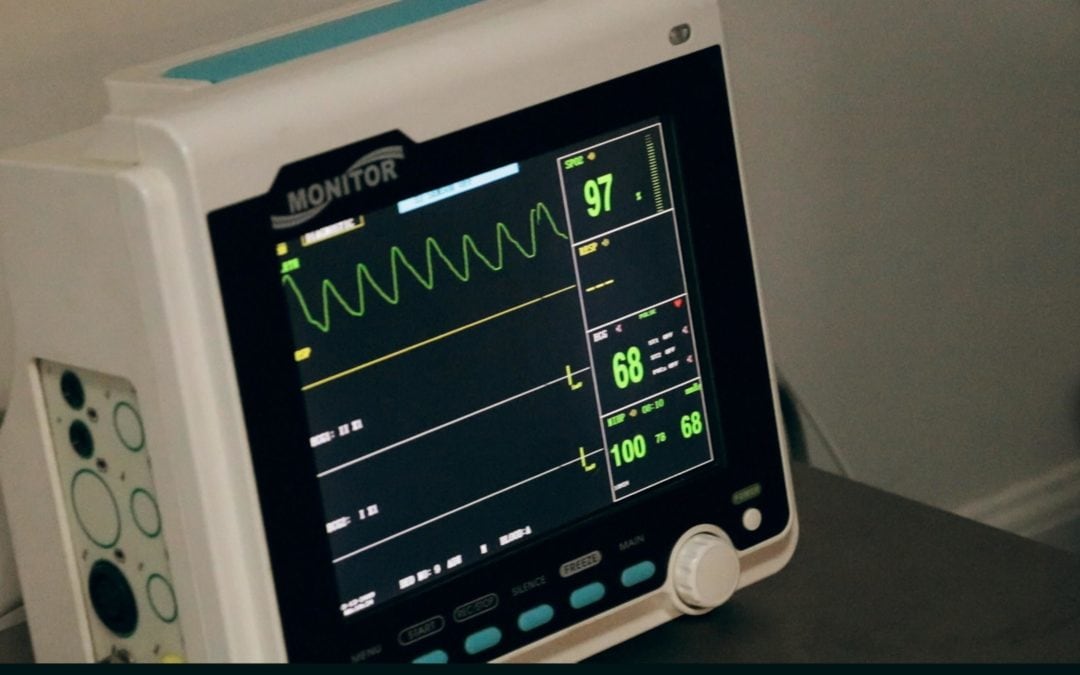If sleep has been a problem for you, your doctor may order polysomnography. But what exactly is it, why did your doctor order the test, and what information do they gain from it?
Everyone likes a good night’s sleep. Sleep is essential to every process in the body. It affects one’s mental and physical functioning the following day, helps the body fight off diseases and develop immunity, and affects one’s metabolism and chronic disease risk. So when you aren’t getting the sleep you need, it’s crucial to find out why.
Whether you’re just being diagnosed with a sleep disorder or need your current treatment plan adjusted, polysomnography can provide your doctor with the necessary information to provide you with the treatment you need. This article will discuss what you need to know about polysomnography.
What is Polysomnography?
Polysomnography, also known as a sleep study, is a non-invasive, comprehensive test that your doctor will use to diagnose a sleep disorder. It records your blood oxygen level, brain waves, breathing, heart rate, and eye and leg movements while you sleep.
Why Is It Done?
During polysomnography, sleep stages and cycles are monitored to identify if or when your sleep patterns are disturbed and why.
The first stage of sleep is called non-rapid eye movement (NREM) sleep. During NREM, brain waves slow down considerably. So, unlike later sleep stages, your eyes don’t move rapidly back and forth in NREM sleep. However, after a couple of hours of NREM sleep, brain activity picks back up, and rapid-eye-movement (REM) sleep begins.
You cycle between NREM and REM sleep throughout the night in about an hour and a half. The sleep process is interrupted when you have a sleep disorder. Some of the most common conditions diagnosed by polysomnography are:
- Insomnia is the inability to fall asleep or stay asleep.
- Sleep apnea occurs when you repeatedly stop and start breathing while sleeping.
- Restless leg syndrome is aches and pains in your legs, causing difficulty falling asleep. It is a neurological disorder that is treated differently than other sleep disorders.
- Narcolepsy is a condition where a person has no control over when they fall asleep and have episodes of suddenly falling asleep.
- REM sleep behavior disorder occurs when one acts out their dreams while sleeping.
- Unusual activities while sleeping. Activities include extensive movement, walking, or many rhythmic movements while sleeping.
How to Prepare
You should avoid alcohol and caffeine in the afternoon and evening of your polysomnography. These substances affect sleep patterns and can worsen symptoms of some sleep disorders.
You shouldn’t nap during the day of your test, and while you can bathe before your study, you should avoid using lotions, colognes, gels, and makeup. These substances can interfere with the electrodes used during the sleep study.
What You Can Expect
Bring your typical bedtime routine items, as well as your nightclothes. The sleep study will take place in a room that looks like a hotel room and it will be quiet and dark during the test. You will be in the room alone.
A low-light video camera will be in the room so the polysomnography technician can monitor you. There is also an audio system so they can hear you and talk to you from the monitoring area.
When you are ready for bed, the technologist will place sensors on your temples, scalp, chest, and legs. They will then connect the wires from the sensors to a computer. You will also have a clip placed on your ear or finger to monitor your oxygen.
As you sleep, the polysomnography technician will monitor the following:
- Brain waves
- Eye movement
- Heart rate
- Breathing pattern
- Blood oxygen level
- Body position
- Abdominal and chest movements
- Limb movements
- Snoring and other noises
The technician may ask you to try a PAP (positive airway pressure) machine for sleep apnea. A PAP machine has a nosepiece that seals tightly to your nose and delivers a constant stream of air to help with your breathing.
With everything going on, you may have difficulty falling asleep, and you may not sleep as well at the sleep center. However, this will not affect the results of the sleep study.
Get to Sleep Faster With DreamZz Sleep Center
A polysomnography technologist will review the information provided in polysomnography and will chart your sleep stages and cycles. The data is then reviewed by the sleep center’s doctor and forwarded to the doctor who ordered the test. Based on the data, your doctor can move forward with treatment or may recommend further testing if necessary.
Many major sleep facilities have waiting lists as long as three to four months. At DreamZz Sleep Center, we guarantee a consultation and sleep study within two weeks of your initial call, sometimes even sooner! That means you are back on the road to a restful night’s sleep faster.
Contact us today to schedule your appointment.


Recent Comments